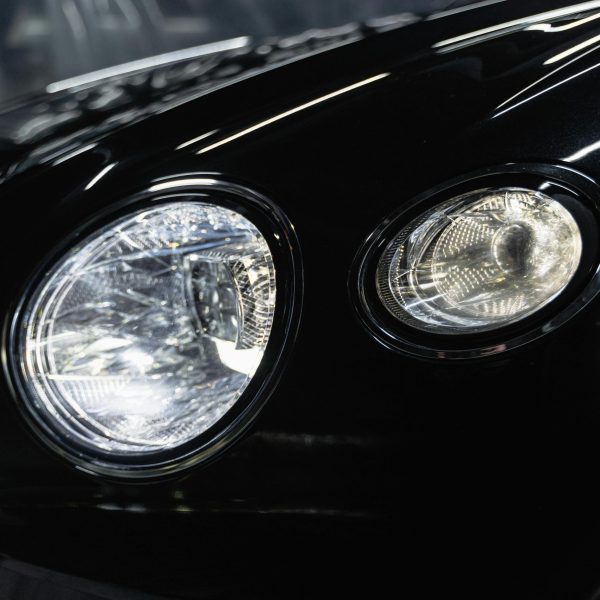The Evolution of Car Headlights
The journey of car headlights began in the early 1900s. Initially, vehicles were equipped with acetylene or oil lamps, which were effective for low-speed travel. Acetylene lamps, resistant to wind and rain, provided consistent light but had limited brightness. By the 1920s, electric headlights became standard, marking a revolutionary shift in automotive lighting.


